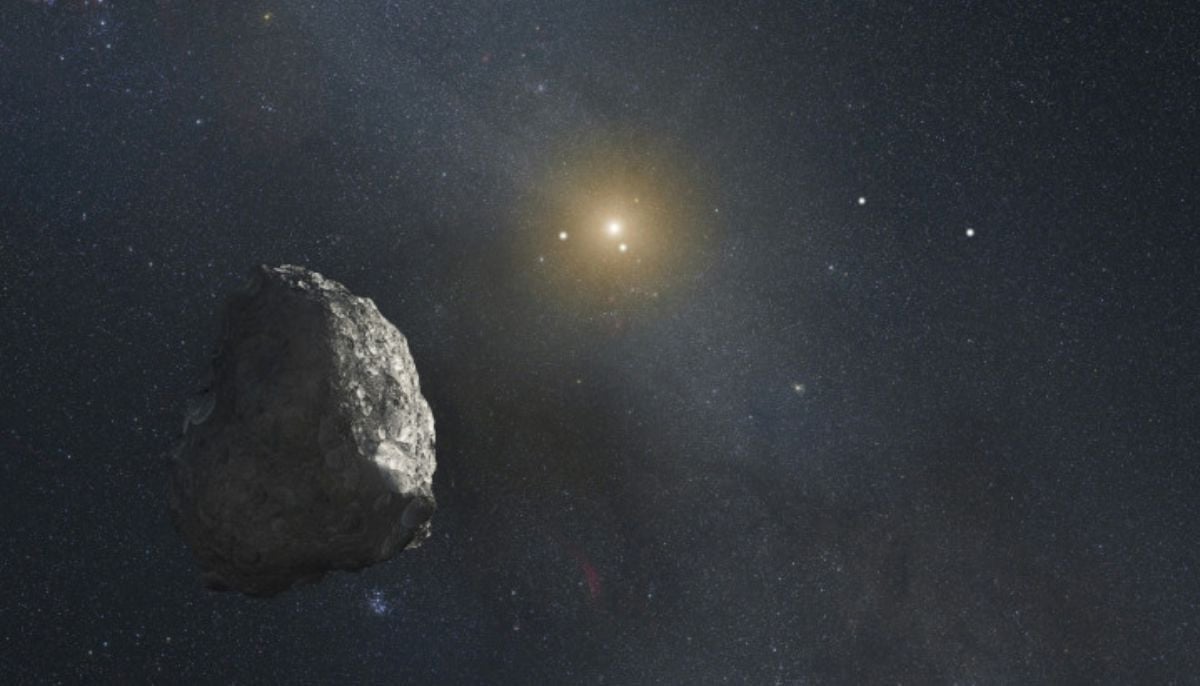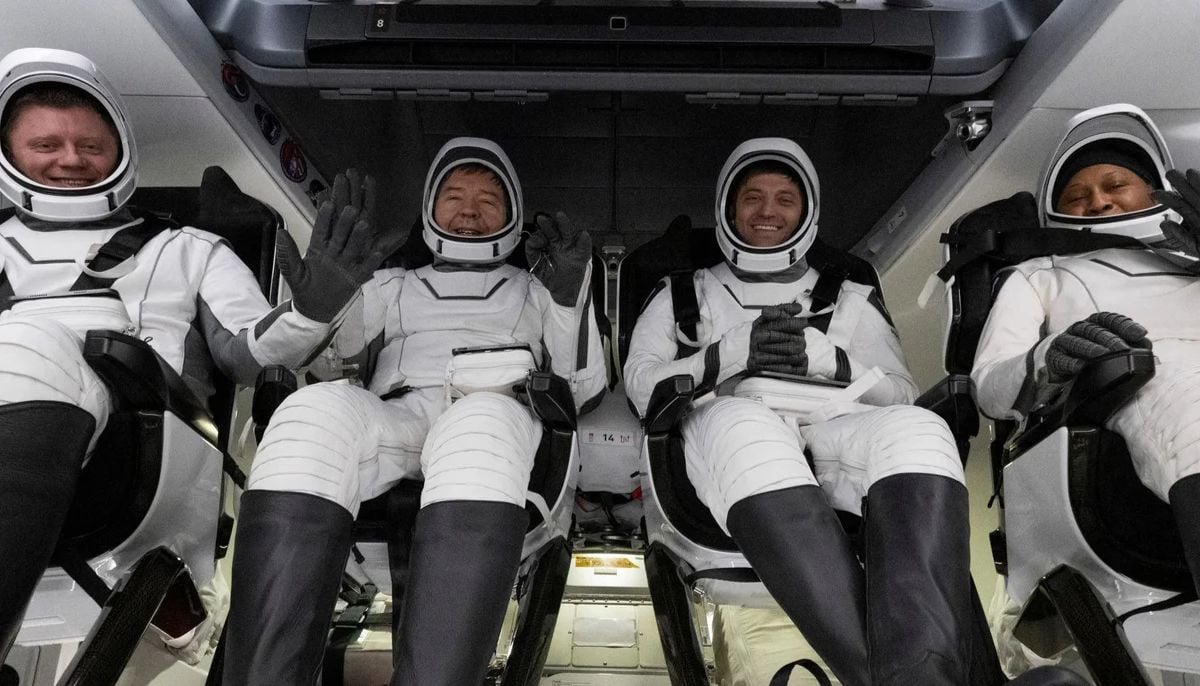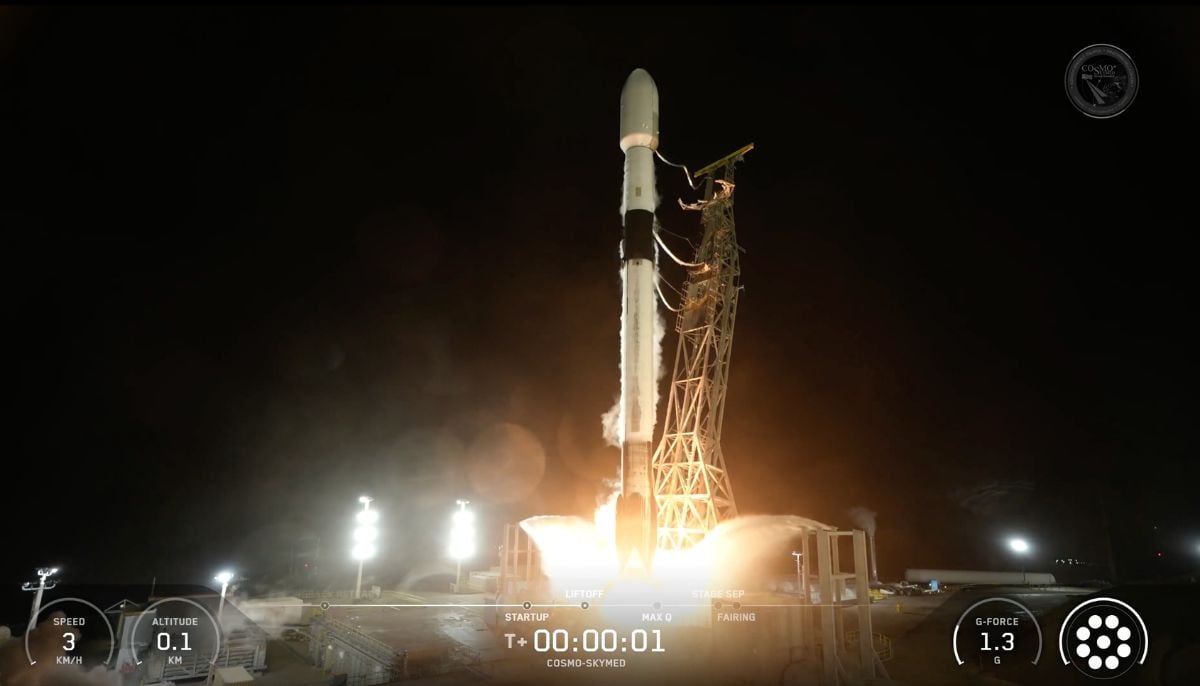Cape Canaveral: SpaceX counted down Tuesday to the first ever launch of the world´s most powerful rocket in operation, the Falcon Heavy, which could someday carry supplies to the Moon or even Mars.
Loaded with CEO Elon Musk´s red Tesla roadster, a mannequin in a spacesuit, and a playlist consisting of David Bowie´s "Space Oddity," the monster rocket´s maiden voyage has captured the world´s imagination.
Will it sail into deep space, sending an Earth-made car into a distant orbit around the Sun? Or will it explode on the launchpad?
Musk himself has put the odds of success or failure at no better than 50-50.
"It is guaranteed to be exciting, one way or another," the quirky 46-year-old South African-born space visionary and wealthy businessman told reporters ahead of Tuesday´s launch, expected at about 1:30 pm (1830 GMT).
"I would consider it a win if it just clears the pad and doesn´t blow the pad to smithereens," he added.
"I mean, that´s four million pounds of TNT equivalent."
If successful, it could catch the eye of the US space agency NASA as a way to fast-track its plans to reach the Moon again for the first time since 1972.
And even if it fails, experts say the launch will be a win for the California-based company, which is fast becoming a leader in the global space industry.
- Falcon Heavy specs -
When the Falcon Heavy lifts off from the same NASA launchpad that was the base for the Apollo-era Moon missions of the 1960s and 1970s, it will be "the most powerful operational rocket in the world by a factor of two," SpaceX said.
That means it can carry twice the payload of United Launch Alliance´s Delta IV Heavy, at a far lower cost -- about $90 million per launch compared to $350 million for its competitor.
But the Falcon Heavy is not the most powerful rocket ever -- just the biggest in operation today.
The Saturn V rocket that propelled astronauts to the Moon could deliver more payload to orbit. The Soviet-era Energia, which flew twice in 1987 and 1988, was also more powerful.
The Falcon Heavy is essentially three smaller, Falcon 9 rockets strapped together, adding up to a total of 27 engines.
The 230-foot (70-meter) tall rocket is designed to carry nearly 141,000 pounds (64 metric tonnes) into orbit -- more than the mass of a fully loaded 737 jetliner.
It was initially designed to restore the possibility of sending humans to the Moon or Mars, but those plans have shifted and now the Falcon Heavy is being considered mainly as a potential equipment carrier to these deep space destinations, Musk said Monday.
Instead, another rocket and spaceship combination being developed by SpaceX, nicknamed BFR -- alternately known as "Big Falcon Rocket" -- would be the vehicle eventually certified for travellers.
Musk confessed that he was experiencing none of his usual pre-launch jitters, but was feeling "giddy" ahead of the lift-off.
-
NASA spacewalk 2026: Medical issue prompts rare talk of early ISS crew return
-
Comet 3I/ATLAS: Scientists examining images they cannot easily explain
-
Wolf Moon 2026: Will the full moon outshine the Quadrantid meteor shower?
-
SpaceX mission 2026: The Italian radar satellite takes its first orbital flight
-
Solar Eclipse 2026: When and where Europe will see total eclipse
-
Nature's secret weapon: What are the tiny crabs eating our plastic waste?
-
Why January’s Wolf Supermoon will appear brighter than usual in 2026
-
From Mercury to Neptune: When and where to spot the solar system’s giants in 2026











